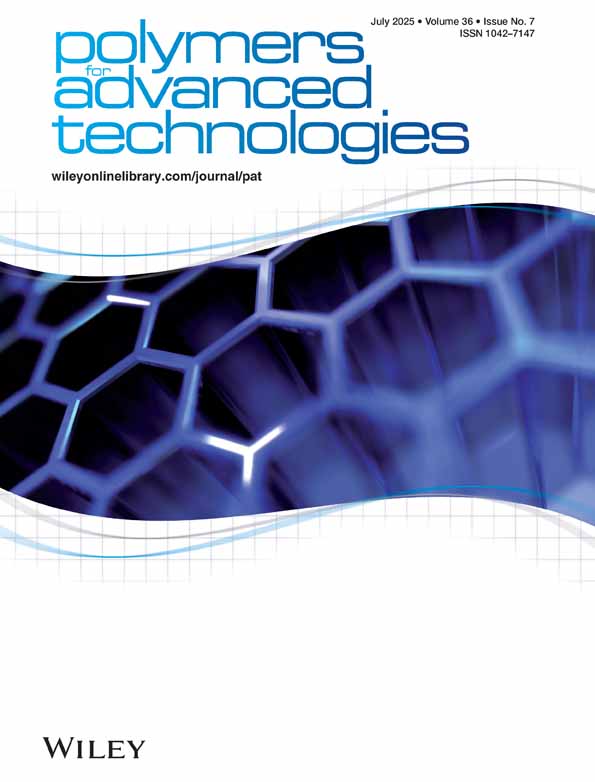Flammability properties of intumescent PLA including starch and lignin
Abstract
The aim of this study is to evaluate the efficiency of different intumescent formulations to flame retard polylactic acid (PLA). First, the ammonium polyphosphate (APP)/pentaerythritol (PER) system is chosen because it previously demonstrated a good behavior for polyethylenic matrices. The PER is then substituted by bioresources such as lignin and starch. The flame retardant properties of the various formulations are evaluated by limiting oxygen index (LOI), UL-94, and cone calorimetry. Compared to the PLA/APP/PER composite, the materials containing lignin and starch show lower LOI values but still commercially acceptable (superior to 32%). In contrast, the UL ratings obtained for these formulations are superior to that containing PER (V0 against V2 rating).
The cone calorimeter analysis confirms the formation of an intumescent structure for the “green” composites, with a final residue corresponding to 50% of the initial sample mass and also a decrease in the peak of heat release of 50%. Finally, the composition of the formulation is optimized following a mixture design methodology to maximize the quantity of bioresources. A 32% LOI value is obtained for a composite containing 60% PLA, 12% APP, and 28% starch. Copyright © 2008 John Wiley & Sons, Ltd.




